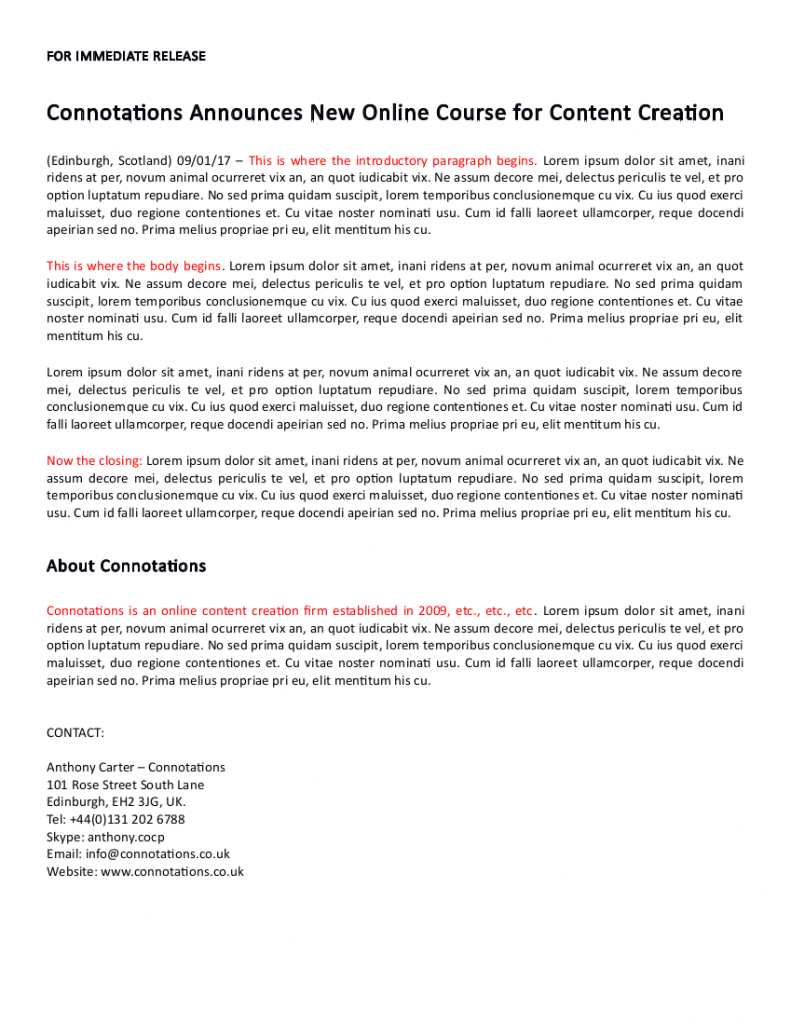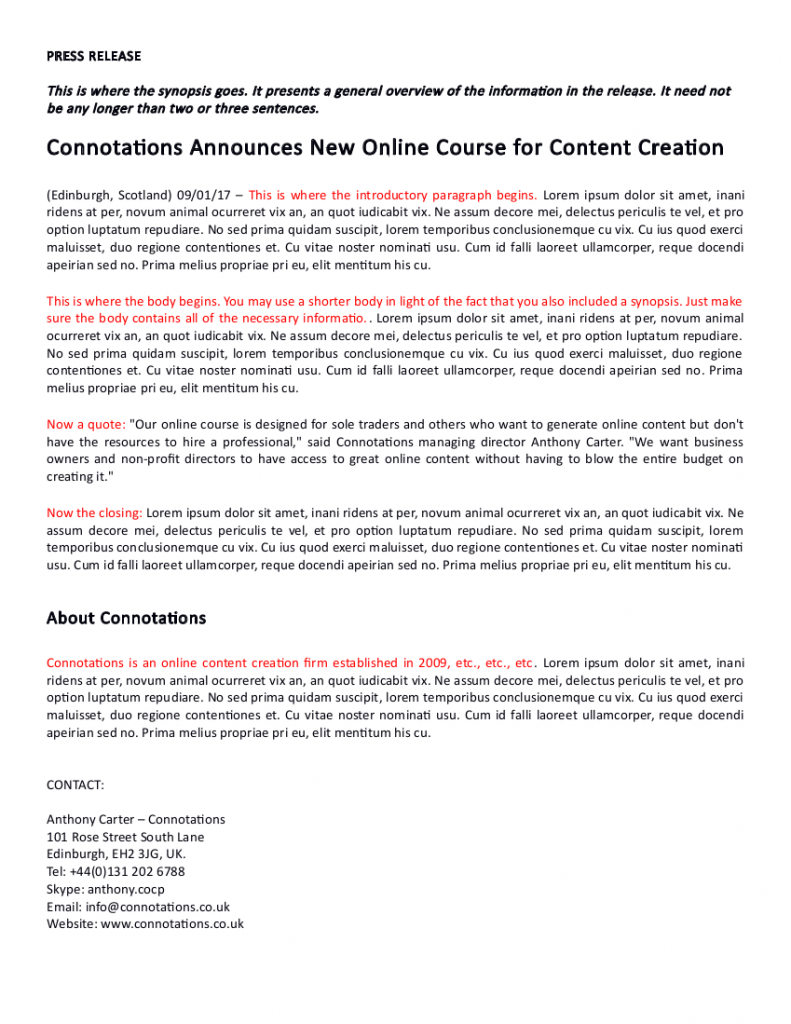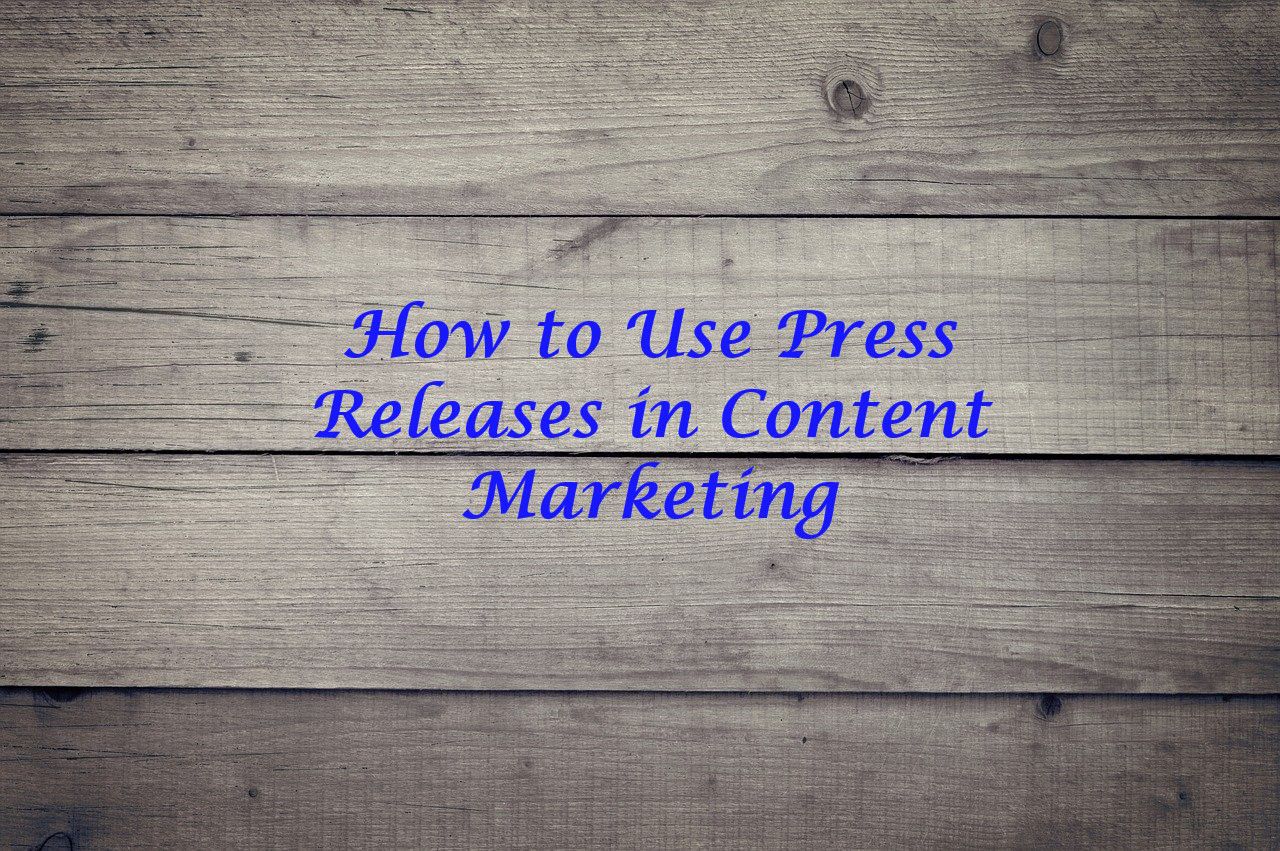On 28th October 1906 an electric train running for the West Jersey and Seashore Railroad plunged off a swing bridge and into the Thoroughfare creek separating Atlantic City, New Jersey (USA) from the mainland. Fifty-three people tragically died as a result of the accident.
The press joined the general public and PR executives in swarming to the accident site within minutes of it happening. As was the common practice of the day, the PR executives had already planned to hide as many details of the accident as possible from the public. After all, there’s no need to panic all of America over a single train wreck, right?
Well, a public relations officer by the name of Ivy Lee decided to do things differently. Even though he was representing the Pennsylvania Railroad at the time, he decided that his company needed to issue some sort of statement about the accident. He wrote the very first press release and sent it to the New York Times to ensure that all the facts of the accident were made public.
Lee has been credited as the originator of the modern press release thanks to his actions in 1906. Today, we know that press releases are still important tools for getting out company information. Used properly, they can be very effective for content marketing as well.
What is a Press Release?
A press release is a specific kind of content that presents important, newsworthy information to a core group of interested parties. Think of it as hard news targeted to a much smaller group than a publication like the New York Times would target. Where the Times may have a general circulation numbering in the millions, a given press release may be intended to target only thousands.
Another key to understanding the press release is the word ‘press’ itself. The press here does not refer to a machine that prints words on paper. It refers to the trade of journalism. Remember that the first press release written by Ivy Lee went directly to the New York Times for publication. The make-up of the press release has changed substantially in the 100+ years since Lee’s writing, but the general concept remains the same.
As a content creator, it is fine to think of yourself as a journalist when writing press releases. In fact, you should do just that. You should try to think as a journalist would think and clearly communicate the information you are trying to get across. Writing a press release is merely an exercise in reporting important organisational information in the same way a newspaper reporter might cover a local event.
What is the Purpose of a Press Release?
Among all the different kinds of content used for content marketing, none is more abused among content creators and online marketers than the press release. Press releases are a specific kind of content with very specific primary and tertiary purposes. Unfortunately, far too many content creators and online marketers use press releases in ways they were never intended to be used. These individuals are only harming themselves by tarnishing their reputations and generating poor SEO results.
The primary purpose of a press release is to provide important information directly to members of the media for the purposes of disseminating that information through their various channels. As such, the information proffered is expected to be newsworthy. By ‘newsworthy’ I mean information about the originating company or organisation that is both important and necessary for the target audience to know.
Press releases can be submitted to newspapers, television and radio broadcasters, online news outlets, industry trade groups, and any other organisations that utilise mainstream media to disseminate information. A lot of companies use press release distribution services to make sure their releases get into the hands of the right media representatives.
There are a number of tertiary purposes for issuing press releases:
- SEO Performance – As long as a press release meets the proper criteria, it can have positive SEO benefits. Press releases can be written with certain keywords and phrases in mind; they can be written with headlines that are both SEO-rich and accurate at the same time.
- Online Reputation – When press releases are disseminated through online media distribution outlets, they can boost a company’s reputation. For example, a press release announcing the hiring of a new executive can improve the reputation of the company among its loyal customers.
- Clarification of Information – There are times organisations issue press releases in order to clarify a given situation. Such a press release can detail the organisation’s position on matter, directly address misinformation previously released, or even answer questions put forth by the media or the public.
- General Information – Even though press releases are normally targeted to specific audiences, they can also serve the additional purpose of informing the general public. You may have a non-profit organisation issuing a press release to announce an upcoming fundraising banquet. People who have nothing to do with your organisation may read the press release and, in so doing, be introduced to it.
The common thread among all these purposes is that of disseminating newsworthy information to a targeted audience. I cannot stress the newsworthy aspect strongly enough. If you are not quite sure what newsworthy information really is, take a look at the difference between a BBC headline story and a paid advertisement disguised as news. You will understand very quickly what newsworthy information is.
What Press Releases Are NOT
Since press releases are so often abused in the era of digital marketing, I believe it is important to explain what this medium is not. Below is a list of things that press releases are not intended to be. As you read them, keep in mind that the latest algorithms used by Google are very good at picking up on disingenuous press releases. Your site and online reputation could be harmed – and even punished by Google – if you abuse press releases.
Press releases should NOT be used to:
- Sell – Press releases should never, ever be sales-oriented. In fact, any mention of sales or selling should be avoided at all costs. Remember that a press release is all about presenting newsworthy facts. It is not an advertisement.
- Raise Funds – The non-profit equivalent of selling is fund raising. Therefore, press releases should not be used for fundraising purposes. A press release would be appropriate to announce an event scheduled or geared toward fundraising, but the press release itself should not mention fundraising, donations, etc.
- Promote – Company promotion is also a no-no for press releases. Self-promotion is certainly not the same as selling, but it is still in opposition to the main purpose of press releases: offering important, newsworthy information. Self-promotion is not newsworthy because every company does it.
- Report Hard News – Hard news and company news are two different things. As such, press releases should not be used to report hard news. That is what hard news articles are for. Press releases should focus on company news.
- Espouse Opinions – More than any other form of content, press releases should be 100% fact-based. In fact, a press release should never contain any information that cannot be proven with hard evidence. Do not use press releases to espouse opinions.
- Improve SEO Alone – While there may be SEO benefits to a well-written press release, do not use press releases solely for the purpose of gleaning those benefits. Doing so generally produces less-than-stellar writing that search engine algorithms are sophisticated enough to pick up on. If you don’t have genuine, newsworthy information to report, do not write a press release.
These guidelines explaining what press releases are not intended to be may seem somewhat strict or heavy-handed to you, but that does not affect their validity. Ask any press release distribution service or mainstream media outlet and they will tell you the same things. The press release was created for a particular purpose and intended to be used in a particular way. Those channels through which you distribute press releases will expect you to play by the rules.
What Style Should a Press Release Be Written In?
When writing a press release, it is important to differentiate between style and format. Style relates to vocabulary, sentence structure, tone, etc. Format involves the various elements used to present text on a page. This includes things like headlines, synopses, contact information, etc.
Beginning with style, there is very little room for variation with press releases. The writing should be as formal as possible while still following the Simple English rule. Sentences should be concise and direct, vocabulary should be easily understandable by the widest possible audience, and the total volume of text should be as little as possible to convey all the necessary information.
Another very important aspect for press release style is the use of punctuation and grammar. A press release written with poor punctuation and grammar is one that will tell readers the company issuing the press release is not a top-notch organisation. Despite increasingly poor grammar among the general public, press release consumers still do not look favourably on organisations that issue press releases rife with grammatical and punctuation errors.
Lastly, you can get a good understanding of the desired style of press releases by tracking down stories in your own local newspaper – particularly stories detailing upcoming events. You should notice that such stories introduce the organisation behind the event along with the purpose for holding it. Stories include dates, times, and other relevant information as well. This is the general style you are aiming for.
Several Different Press Release Formats
There is no specific format a press release must follow. However, there are a few standards that most experienced press release writers follow. Below is a list of common elements that should be included in every single press release, followed by two examples of standard formats. As a writer, you can follow either of the formats or search online for another standard format you prefer.
Every press release should include the following:
- Headline – The headline should be self-explanatory. It should catch the attention of readers.
- Dateline – The dateline contains the release date (this is important to readers) as well as the city of origin.
- Introduction – This is the first paragraph that gives a general synopsis of the information presented.
- Body – The body consists of the paragraphs following the introduction. They detail the information being presented.
- Close – The body should be followed by a closing paragraph that wraps up the press release.
- Boilerplate – A boilerplate is an ‘About’ section that tells a little bit about the organisation issuing the press release. If more than one organisation is involved, multiple boilerplates can be included.
- Contact Information – Contact information should be provided in case readers want to contact your organisation. Contact information should be directed toward the person or department responsible for public relations.
Some press release writers include a general synopsis of the press release as a separate paragraph above the headline. The use of the synopsis is a rather new phenomenon developed to account for online distribution. A good synopsis can give search engines a better idea of what a press release contains, which is helpful. Furthermore, that synopsis will end up appearing just below the title of the press release in online searches.
The synopsis is optional. However, it is a good idea to include one if you plan to distribute your press releases through online channels. You can set off a synopsis by italicising it, bolding the text, and placing it above the headline. Avoid the temptation of placing it below the headline, as doing so may cause confusion between the synopsis and the introductory paragraph.
Another optional element is the quote. Including a quote from an authorised spokesperson or a member of the executive management team can add considerable weight to a press release. Quotes also have a bit of extra authenticity. If you can use them, you absolutely should. If you cannot, quotes are not mandatory.
Below you will find standard formats that work well for press releases. Note the two major differences between them: use of the synopsis and quote.


